News
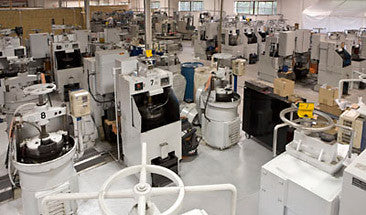
How Are Ball Bearings Made?
How a Precision Ball is Made Heading: To begin, heading machines cut wire into short lengths and shape it into spherical shapes between sized dies. Deflashing: The flash line, the lip left by...
How Are Ball Bearings Made?
How a Precision Ball is Made Heading: To begin, heading machines cut wire into short lengths and shape it into spherical shapes between sized dies. Deflashing: The flash line, the lip left by...
Ball Bearing Weight Chart
The following chart displays the weight of the most common sizes of chrome steel bearing balls. Size - Inches Balls per pound Weight per ball Crush strength in pounds Size -...
Ball Bearing Weight Chart
The following chart displays the weight of the most common sizes of chrome steel bearing balls. Size - Inches Balls per pound Weight per ball Crush strength in pounds Size -...
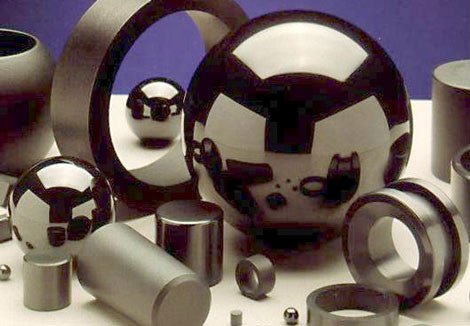
Silicon Nitride (Si3N4) Ball Bearing Properties
Silicon nitride is a man made compound synthesized through several different chemical reaction methods. Parts are pressed and sintered by well developed methods to produce a ceramic with a unique...
Silicon Nitride (Si3N4) Ball Bearing Properties
Silicon nitride is a man made compound synthesized through several different chemical reaction methods. Parts are pressed and sintered by well developed methods to produce a ceramic with a unique...
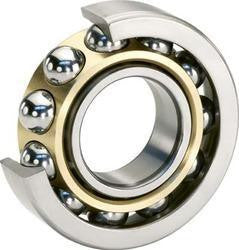
440c Stainless Steel Balls
Type 440C Stainless Steel is commonly used in antifriction bearings, in valves and in several other applications where hardness and corrosion opposition are required. This material is more resistant to...
440c Stainless Steel Balls
Type 440C Stainless Steel is commonly used in antifriction bearings, in valves and in several other applications where hardness and corrosion opposition are required. This material is more resistant to...
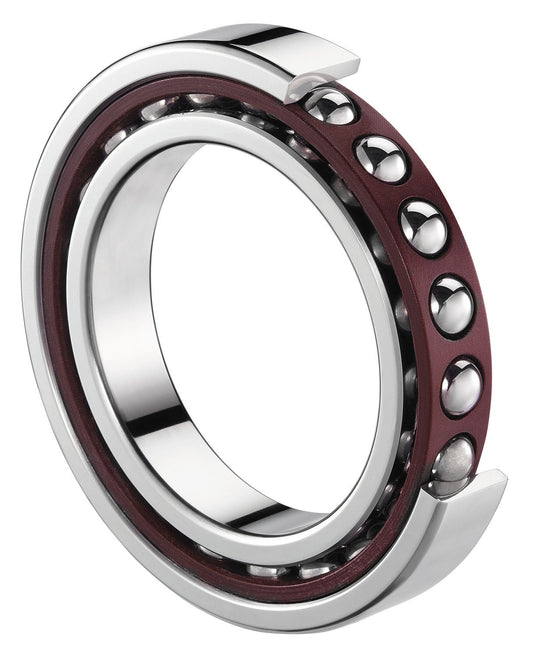
Stainless Steel Ball Bearing Composition
Table 1: Austenitic Stainless Steel Chemical Compositions (Weight Percent) Austenitic Stainless Steels Common Name UNS No. C Cr Ni Mo N Mn Cu Other 201 S20100 0.15 16.0-18.0 3.5-5.5 -...
Stainless Steel Ball Bearing Composition
Table 1: Austenitic Stainless Steel Chemical Compositions (Weight Percent) Austenitic Stainless Steels Common Name UNS No. C Cr Ni Mo N Mn Cu Other 201 S20100 0.15 16.0-18.0 3.5-5.5 -...
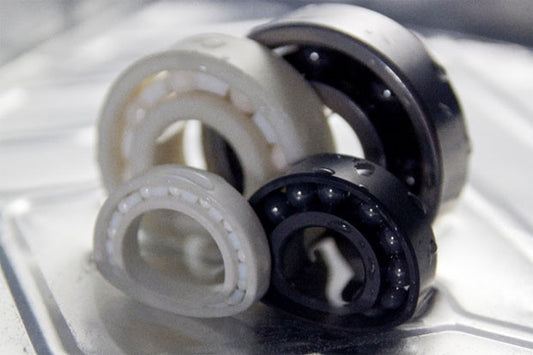
Advantages And Disadvantages Of Ceramic Bearings
Advantages Ceramic microstructures enjoy covalent bonding inherent between non-metal elements. This means they share electrons. This atomic co-operation yields a very strong attraction force and because of this, ceramics offer...
Advantages And Disadvantages Of Ceramic Bearings
Advantages Ceramic microstructures enjoy covalent bonding inherent between non-metal elements. This means they share electrons. This atomic co-operation yields a very strong attraction force and because of this, ceramics offer...
